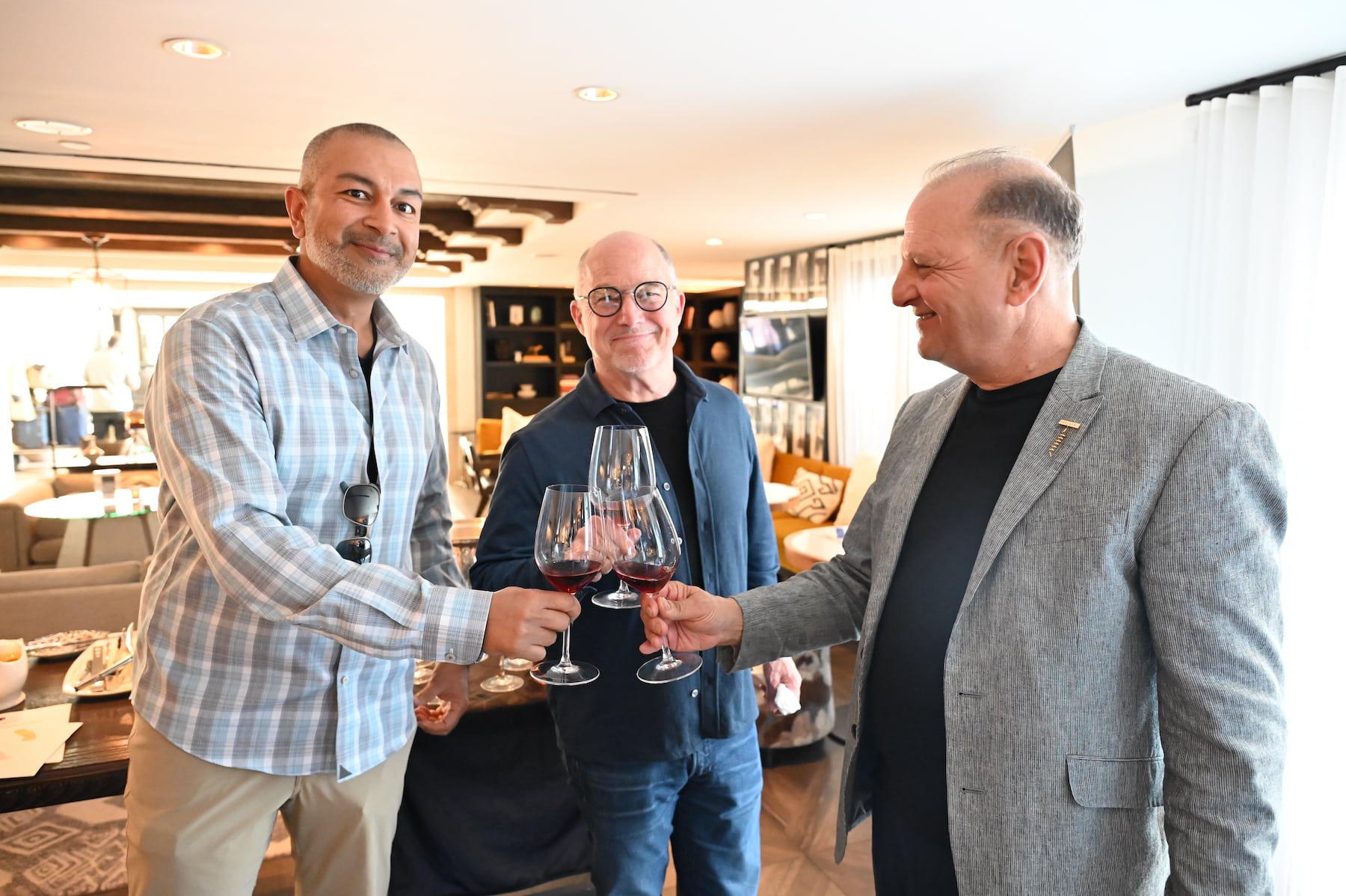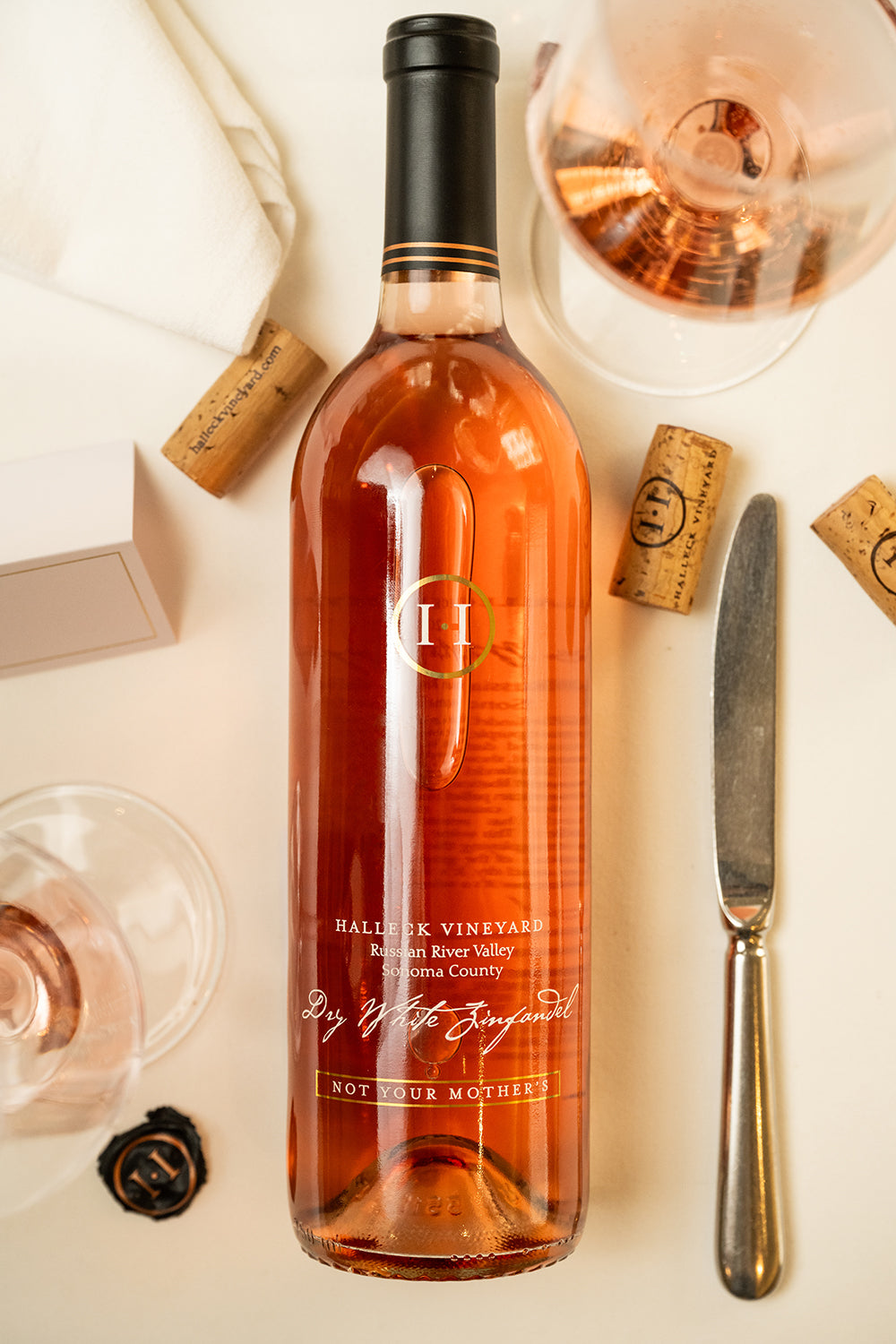Wineries Offering Virtual Wine Tastings - Wineries To Visit
Best Pinot Noir Wineries In Sebastopol - Sebastopol Winery Experience
Wine tasting is an art that combines sensory experience with an appreciation for the nuances of various varietals. How to gauge flavors in winery wine tasting classes is pivotal to greedy the complexities of wine.
Participating in a wine tasting includes greater than merely sipping and savoring. It requires a focused approach to establish aromas and flavors that every wine presents. As you begin, observe the wine's look, noting its color and readability. These visual cues often counsel a wine’s age, grape variety, and even potential flavor profiles.
The next step within the tasting course of is to swirl the wine in your glass. This motion releases fragrant compounds which might be vital for analysis. Lean in and take a second to inhale deeply; the aromas can vary from floral and fruity to spicy and earthy. The nostril of the wine is simply as essential because the palate, and recognizing scents performs a major position in understanding the general experience.
When taking your first sip, allow the wine to maneuver throughout your palate - Quaint Wineries In Picturesque Settings In Sebastopol. Notice the initial flavors that present themselves. Is the wine fruity, floral, or perhaps herbaceous? This initial taste offers perception into what the wine is prone to express as you continue to evaluate it. The mouthfeel also contributes to the overall flavor experience; it might be silky, tannic, and even effervescent.
Wineries Pairing Wine With Chocolate - Sonoma Wine Region Vineyards
As you continue tasting, take note of the wine’s stability. A well-balanced wine will harmonize acidity, sweetness, and tannins. If one element overwhelms the others, it'd point out a less fascinating high quality. Evaluating steadiness can help you establish how well the wine would possibly pair with food.
Transitioning to the end, consider how the flavors evolve as the wine lingers in your palate. A lengthy, nice finish can point out a high-quality wine, while a brief or abrupt end may recommend in any other case. Mirror on whether or not the flavors stay consistent or if new notes emerge because the wine settles. This development can reveal complexities and intricacies that may not have been obvious in the preliminary tasting.
Temperature can be an important factor in evaluating wine flavors. Completely Different forms of wine are optimally enjoyed at particular temperatures. White wines usually shine when chilled, whereas red wines typically carry out finest at room temperature. When tasting, make sure the wine is at the acceptable temperature to totally recognize its character.
Wineries Featuring Vineyard Tours - Sebastopol Wine Country Vineyards Adventure
Pairing food with wine can significantly improve the tasting experience. Foods can affect the perception of flavors in wine, either highlighting certain characteristics or diminishing them. When evaluating flavors, contemplate how the wine interacts with completely different meals, noticing which flavors are amplified or muted (Vineyard Picnic Spots In Sonoma Valley).

Consider the influence of terroir as you engage in a winery tasting. Terroir encompasses the distinctive environmental factors that have an effect on grape growing, including soil composition, local weather, and geography. Understanding a wine's terroir can present perception into its flavors and aromas, fostering a deeper appreciation for the alternatives made throughout its cultivation and manufacturing.
Education performs a basic function in enhancing one's capacity to gauge wine flavors. Studying about grape varieties, wine regions, and manufacturing methods can pave the best way for more knowledgeable judgments during tastings. Additionally, attending workshops or classes can refine sensory skills and increase your flavor vocabulary, enabling you to articulate tasting notes more effectively.

Finally, it is essential to keep in mind that evaluating wine flavors is a extremely personal experience. Individual preferences and perceptions will invariably shape one’s tasting journey. Enjoyment must be on the forefront, with the evaluation process acting as a software to boost understanding and appreciation somewhat than create inflexible tips.
Popular Wineries With Outdoor Seating In Sonoma - Best Vineyard In Sonoma
In conclusion, mastering the way to evaluate flavors in winery wine tasting periods involves a mix of sensory engagement, data, and practice. By studying to establish aromas, assess the steadiness, and appreciate the intricacies of flavor, wine enthusiasts can deepen their connection to each bottle they encounter. As with any art form, the more one immerses themselves in the experience, the extra they'll uncover and enjoy the huge world of wine.
- Begin by observing the wine's shade and clarity, as these visible elements can hint at its flavor profile and aging potential.
- Swirl the wine gently in your glass; this releases aromatic compounds, allowing you to higher determine the complicated scents related to the wine.
- Take a deep inhale earlier than tasting, focusing on both primary and secondary aromas to gather insights on fruits, spices, and different nuances.
- When tasting, enable the wine to coat your palate; note the preliminary flavors, the mid-palate complexity, and the end as these stages can present different flavor highlights.
- Pay attention to texture and mouthfeel, as elements similar to tannin ranges, acidity, and sweetness contribute considerably to the general tasting experience.
- Compare flavors towards commonplace wine characteristics; for pink wines, consider berry notes, oak affect, and herbal tones, whereas whites could embody citrus, stone fruits, and floral hints.
- Take notes during the tasting session to track your impressions, serving to you to recollect and consider the completely different wines sampled.
- Discuss your findings with fellow tasters or winery employees, as sharing insights can improve understanding and appreciation of individual flavors.
- Allow time for the wine to breathe; typically, flavors evolve and reveal new dimensions after being uncovered to air.
- Experiment with food pairings in the course of the tasting as they can dramatically alter how flavors are perceived, influencing overall enjoyment.undefinedWhat should I look for when evaluating the aroma of wine during a tasting?
Begin by swirling the wine in your glass to launch its aromas. Deliver the glass to your nose and take a deep breath. Pay consideration to the primary scents you detect, as these are often probably the most distinguished. Look for fruit, floral, natural, or earthy notes and try to establish particular traits, which can deepen your understanding of the wine's complexity.
Wineries Producing Pinot Noir And Chardonnay - Sonoma Wine Region Vineyards

How can I distinguish between completely different flavor profiles in wine?
Understand that flavor profiles are sometimes categorized as fruit, floral, herbaceous, spicy, or mineral. Take small sips and allow the wine to coat your palate. Discover the first flavors that emerge first and the subtle notes that comply with. This layering is crucial in why not try these out distinguishing the wine's traits and can assist you to recognize its unique profile.
Wineries Renowned For Cabernet Sauvignon In Sonoma - Exploring The Vineyards Of Sonoma
What is the importance of the wine's texture in a tasting?
The texture of the wine, also known as mouthfeel, performs an important function in how we understand flavors. Pay attention to whether the go wine feels clean, creamy, or gritty. The body of the wine (light, medium, or full) can improve or distinction with flavors, providing a more rounded experience during tasting.
How do I assess the balance of flavors in wine?
Stability in wine refers to the concord between acidity, sweetness, tannin, and alcohol. Take a second to evaluate whether or not these parts complement or intrude with each other. A well-balanced wine may have none of its elements overpowering the others, creating a nice tasting experience.
Exclusive Wine Clubs In Sonoma - Enjoying The Best Wineries In Sebastopol
What role does temperature play in evaluating wine flavors?
Temperature can considerably impression the notion of flavors. Generally, red wines are best served slightly beneath room temperature, whereas white wines take pleasure in being chilled. As the temperature adjustments, the aromas and flavors can shift, permitting you to understand totally different traits. It’s essential to taste wine at its optimal temperature for true analysis.
Wineries Offering Off The Beaten Path Experiences - Sonoma Vineyards Worth Visiting
How can I improve my tasting skills over time?
Practice is key to bettering your tasting skills. Top Rated Wine Experiences In Sebastopol. Attend tastings, keep a journal of your experiences, and discover different types of wines to broaden your palate. Moreover, learning about wine production and grape varieties can present context that enhances your evaluation course of, making you a more knowledgeable taster.
Is there a specific order in which I ought to taste the wines?
Wineries That Host Harvest Festivals - Sebastopol Area Wine Tasting
Yes, it’s advisable to style wines from light to full-bodied and dry to candy. This development prevents the stronger flavors from overshadowing the more delicate ones, allowing you to totally appreciate each wine's traits and nuances without palate fatigue.
How can I consider the aftertaste of wine?
Wineries Known For Their Hospitality - Sonoma Wine Tasting Recommendations
The aftertaste, or end, is a crucial side of the wine-tasting experience. After swallowing, pay consideration to how lengthy the flavors linger on your palate and whether they change. A lengthy, nice finish is often an indicator of a high-quality wine, while a brief or unpleasant finish could suggest in any other case.
Why is it essential to notice the wine’s acidity during tasting?
Acidity contributes to the overall freshness and construction of the wine. Pay consideration to the tingling sensation on your tongue; higher acidity can improve the wine's liveliness and balance out sweetness. Noting acidity helps decide the wine's versatility with food and its getting older potential.
What should I do if I battle to identify particular flavors in wine?
Hidden Gem Wineries In Sonoma County - Sonoma Wine Retreats
Struggling to determine flavors is frequent, particularly for novices. Focus on broader classes and describe what you'll find a way to acknowledge, such as candy or earthy notes. With practice, reading about totally different flavor profiles, and perhaps using flavor wheels, you'll refine your senses and develop a extra nuanced approach to tasting.